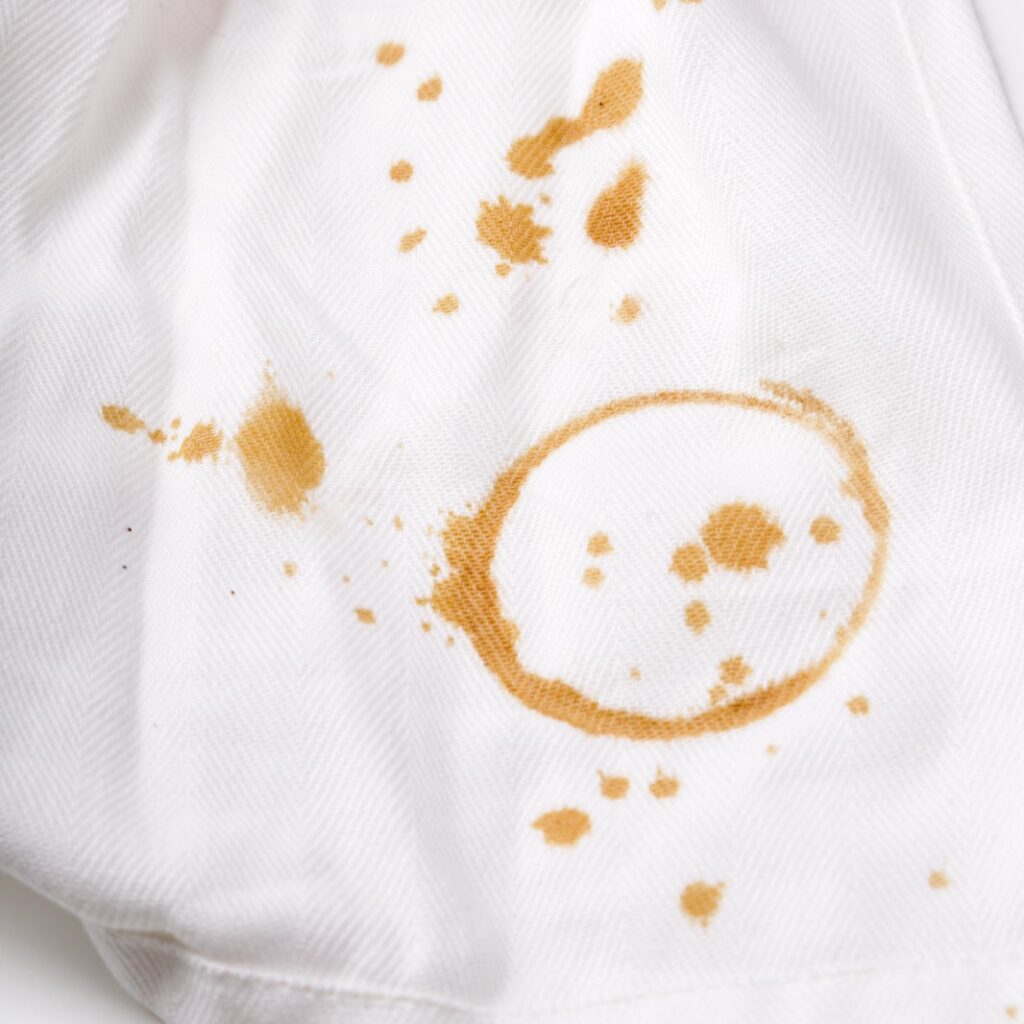In our homes, there are tiny but troublesome creatures that have a knack for damaging our precious textiles like clothes, carpets, and linens. The importance of safeguarding these items from these critters cannot be overstated, as they can lead to costly damage and frustration. In this blog post, we’ll take a closer look at these textile-damaging pests, understand why they do what they do, and most importantly, discover effective ways to keep them at bay, ensuring our textiles remain in excellent condition.
Common Textile-Damaging Pests
- Carpet Beetles
Carpet beetles are small insects with colourful scales on their backs. They can vary in size and colour but are often round and less than a quarter-inch long. Look for tiny, shed skins and small holes in fabrics as signs of carpet beetle infestation. They love to nibble on textiles. Carpet beetles can damage carpets, clothing, and upholstery by eating through them, leaving behind unsightly holes.
- Clothes Moths
Clothing moths are small, often golden or silvery in colour. They have a distinct preference for dark, undisturbed areas.
Keep an eye out for silken webs and small holes in your clothes. These are telltale signs of clothes moth infestation.Clothes moths feast on natural fibres like wool and silk, damaging these fabrics by creating holes and weakening them.
- Silverfish
Silverfish are slender, silver-scaled insects that move quickly. They prefer dark and damp places. Look for yellow stains on paper items, books, and even clothing. Silverfish leave behind these stains as they feed on various materials. Silverfish can damage paper-based materials, books, and clothing by eating through them and leaving their characteristic marks.
Understanding these pests and their behaviours can help you identify and address infestations early, protecting your textiles from harm.
Why These Pests Target Textiles
- Nutritional Requirements
These pests, such as carpet beetles and clothes moths, are drawn to textiles because they provide a source of nutrition. Natural fibres like wool, silk, and cotton contain proteins that these pests find tasty. By munching on these fibres, they obtain the nutrients they need to survive and reproduce.
- Habitat Preferences
The choice of textiles as a habitat is also influenced by these pests’ preferences. Carpet beetles, for example, like to lay their eggs in dark, secluded areas like closets or under furniture. Clothes moths prefer undisturbed, dark places as well. Textiles often provide the cosy and protected environment these pests seek for breeding and hiding.
- Behavioral Patterns
These pests have behavioural patterns that make textiles attractive to them. For instance, clothes moths are nocturnal, which means they are most active in the dark. They lay their eggs in areas with a good supply of textiles, ensuring their larvae have a constant food source. Silverfish are drawn to damp and humid environments, which can be found in areas with textiles like attics and basements.
Prevention and Control Measures
- Proper Storage Techniques
Storing your textiles properly is a key defence. Use airtight containers or bags to keep clothes and fabrics safe from pests. Vacuum-sealed bags work well. Also, make sure to clean and fully dry items before storing them, as pests are less likely to be attracted to clean textiles.
- Regular Cleaning and Maintenance
Regularly cleaning your home is another essential step. Dust and vacuum often, paying attention to hidden spots like closets and under furniture. Washing clothes and linens at high temperatures can kill any hidden pests or eggs. Keep your living space clean and clutter-free to reduce hiding places for pests.
- Natural and Chemical Solutions
You can use both natural and chemical solutions to deter or eliminate pests. Natural options include cedarwood, lavender sachets, or diatomaceous earth. These can help repel or kill pests. For more severe infestations, consider chemical treatments like insecticides. Always follow safety instructions when using chemicals.
- Professional Pest Control Services
If you’re dealing with a persistent infestation or want expert guidance, consider hiring professional pest control services in Dubai. They have the knowledge and tools to effectively eradicate pests from your home. They can also provide preventative measures to keep them from returning.
By following these prevention and control measures, you can protect your textiles and keep textile-damaging pests at bay, ensuring your belongings stay in good condition.
Protecting Your Valuables
- Tips for Safeguarding Textiles
To keep your textiles safe, use airtight storage containers or vacuum-sealed bags to prevent pests from getting in. Consider using natural repellents like cedarwood or lavender sachets. It’s also essential to clean and fully dry your textiles before storing them, as pests are less attracted to clean items.
- Identifying Vulnerable Areas in Your Home
Certain areas in your home are more vulnerable to pest infestations. Dark and undisturbed places like closets and under furniture are prime hiding spots. Basements and attics, especially if they’re damp, can attract pests too. Regularly check these areas for signs of infestation, such as shed skins, holes, or silken webs.
- How to Respond to an Infestation
If you suspect or confirm an infestation, it’s crucial to act promptly. Remove and isolate affected textiles. Wash or dry-clean infested items, as heat can kill pests and their eggs. Vacuum and clean the infested area thoroughly. If the problem persists, consider contacting professional pest control services. They can assess the situation and apply effective treatments to eliminate the pests.
Therefore, safeguarding your textiles from pesky textile-damaging pests is a wise and necessary step to preserve your belongings. By following the tips mentioned earlier and staying vigilant, you can reduce the risk of infestations and costly damage. Remember, early prevention is key. And if you ever find yourself facing a persistent pest problem, consider seeking professional help like Al Rasa pest control services in Dubai. Because, expertise can make a significant difference in keeping your home and textiles pest-free. Your textiles deserve the best protection!

